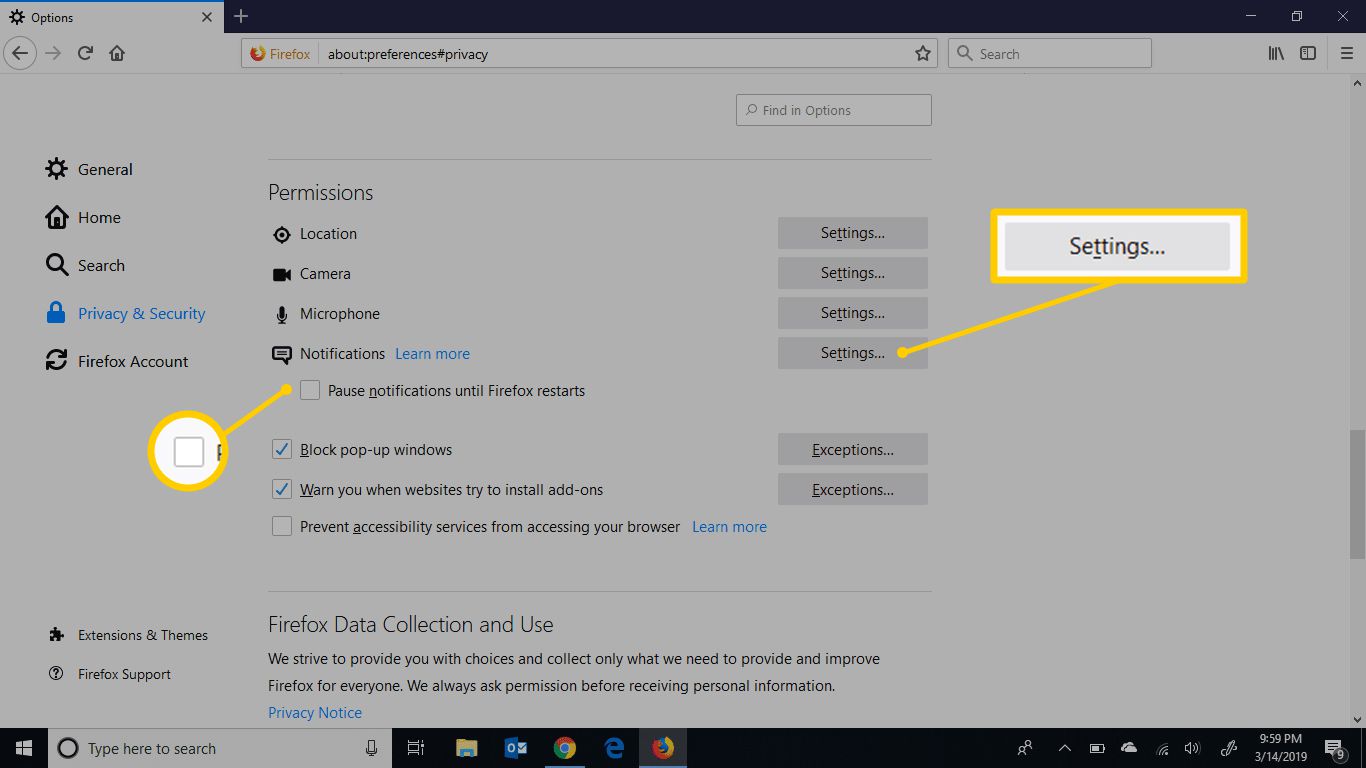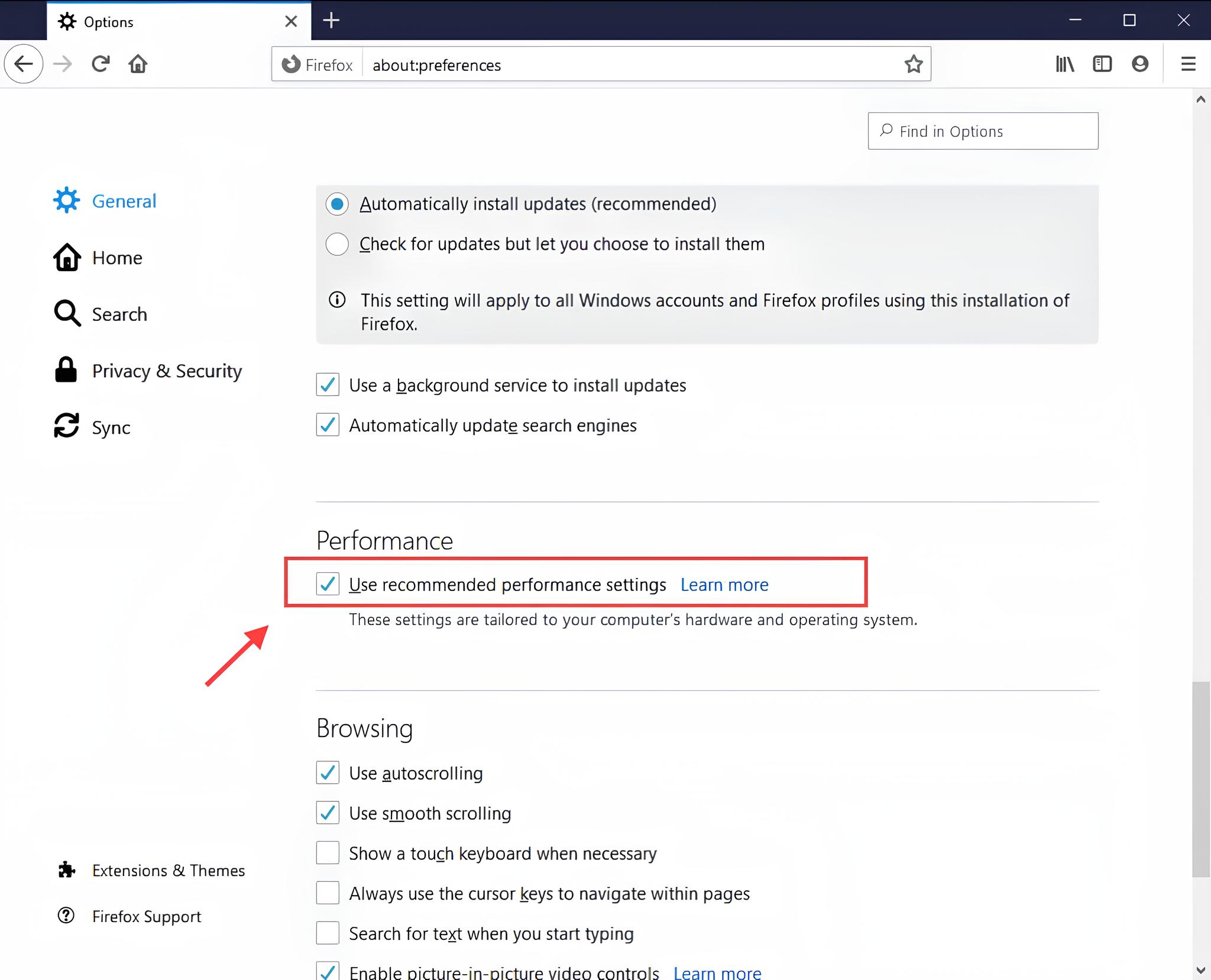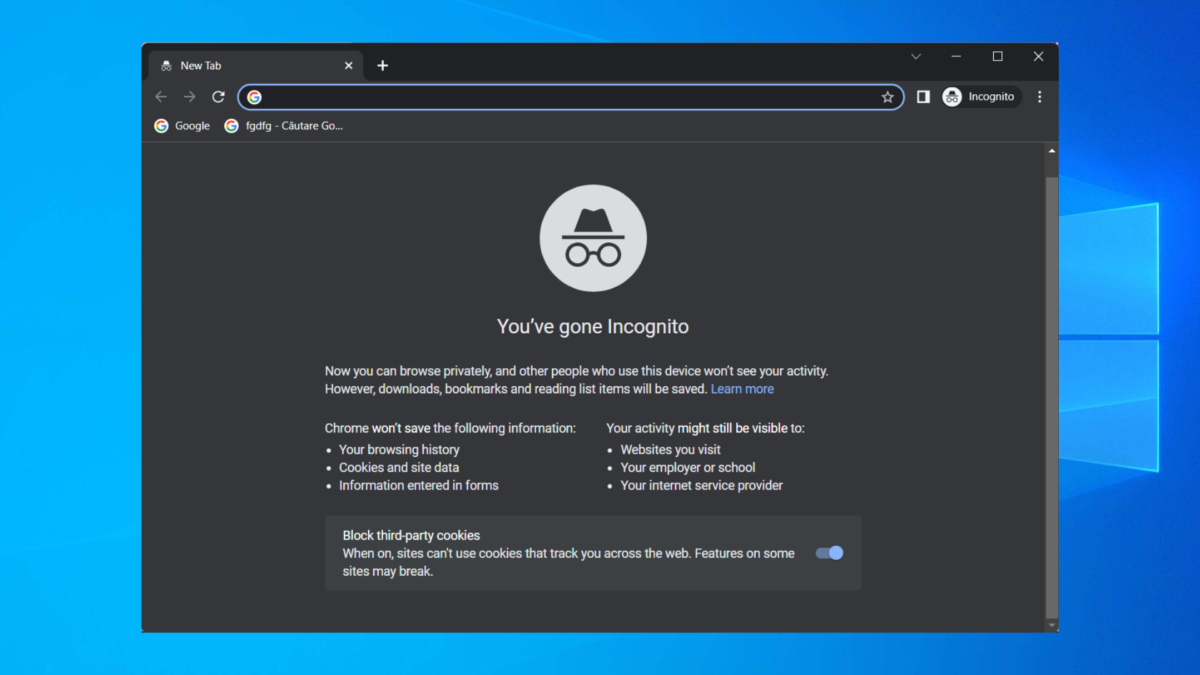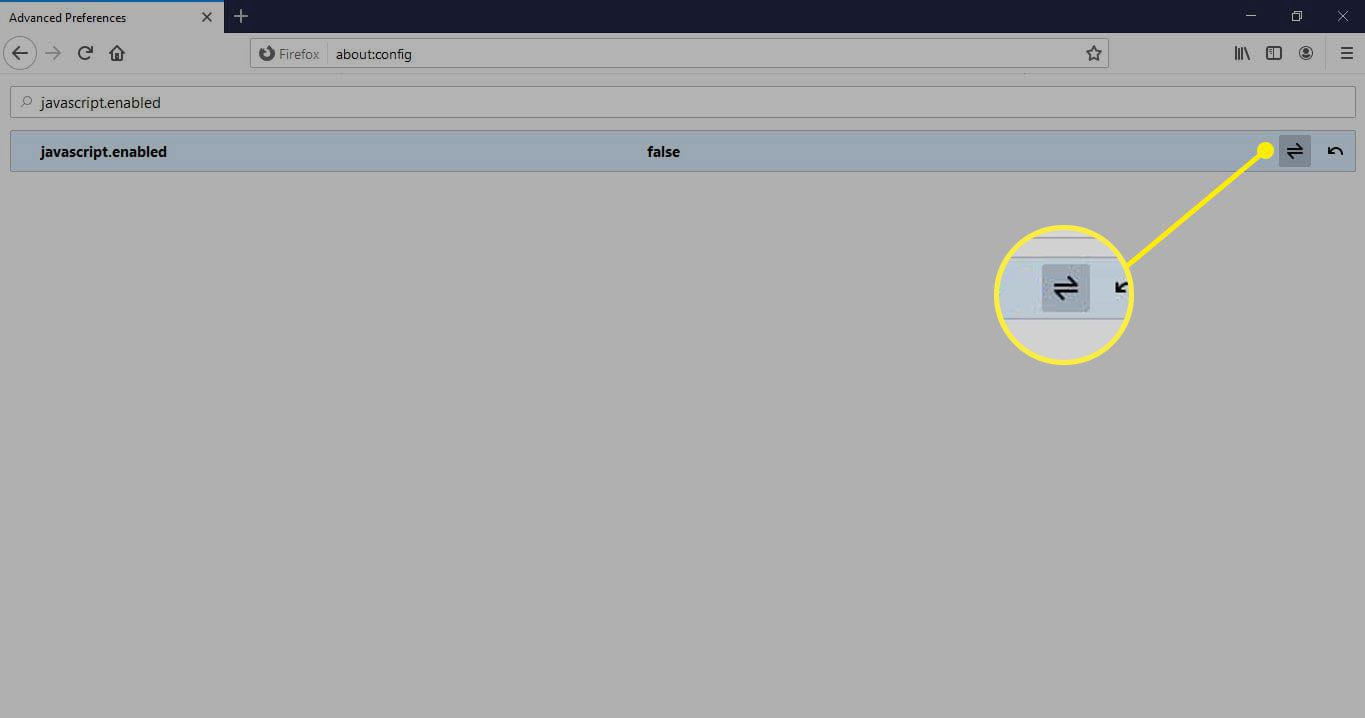Introduction
Are you tired of constant Firefox updates disrupting your browsing experience? While staying updated is crucial for security and performance, some users prefer to have more control over when and how updates are installed. Fortunately, there are several methods to turn off Firefox updates, allowing you to manage the update process according to your preferences.
In this article, we will explore three effective methods to disable Firefox updates. Whether you are a casual user seeking uninterrupted browsing sessions or an IT professional managing a network of Firefox installations, these methods provide the flexibility to tailor the update process to your specific needs.
By following the step-by-step instructions outlined in this guide, you can gain a deeper understanding of the inner workings of Firefox and take control of the update mechanism. Whether you choose to modify settings through about:config, leverage the Group Policy Editor, or utilize Firefox preferences, you will be equipped with the knowledge to customize the update behavior of your Firefox browser.
Let's delve into these methods and empower you to make informed decisions about Firefox updates, ensuring a seamless browsing experience that aligns with your individual requirements.
Method 1: Using about:config
Firefox's about:config feature provides advanced configuration options, allowing users to modify a wide range of settings, including those related to updates. By leveraging this powerful tool, you can gain granular control over the update process, tailoring it to suit your preferences.
To begin, type "about:config" in the Firefox address bar and press Enter. A warning message will appear, emphasizing the potential risks of modifying advanced settings. Acknowledge the warning to proceed to the about:config page.
Once on the about:config page, you will encounter a plethora of settings, each with a specific purpose. To locate the update-related settings, use the search bar at the top of the page. Enter "app.update" in the search bar to filter the results and display the relevant preferences.
Among the search results, you will find key settings related to Firefox updates. One of the most impactful settings is "app.update.auto," which determines whether Firefox automatically checks for updates. By double-clicking on this preference, you can toggle its value to "false," effectively disabling automatic update checks.
Additionally, you may come across "app.update.enabled," which controls the overall update functionality. Double-clicking on this preference and setting it to "false" will further prevent Firefox from initiating updates.
Furthermore, "app.update.service.enabled" governs the update service within Firefox. Disabling this preference can halt the update service, providing an additional layer of control over the update mechanism.
It's important to exercise caution when modifying about:config settings, as incorrect changes can potentially impact the stability and security of your browser. Therefore, it is advisable to proceed with a clear understanding of the implications of each modification.
By utilizing the about:config feature, you can customize Firefox's update behavior to align with your specific requirements. Whether you prefer to manually initiate updates or temporarily disable them for a specific period, about:config empowers you to fine-tune the update process according to your preferences.
Method 2: Using Group Policy Editor
Another effective method to turn off Firefox updates involves leveraging the Group Policy Editor, a powerful tool commonly utilized in Windows environments to manage various system settings and configurations. By harnessing the capabilities of the Group Policy Editor, you can exert centralized control over Firefox update policies across multiple devices within a network, making it an ideal solution for IT administrators and enterprise environments.
To initiate the process, ensure that you have administrative privileges on the Windows system where Firefox is installed. Access the Group Policy Editor by pressing the Windows key + R to open the Run dialog, then type "gpedit.msc" and press Enter. This action launches the Group Policy Editor, providing access to a wide array of administrative settings.
Once inside the Group Policy Editor, navigate to the following path: Computer Configuration > Administrative Templates > Mozilla > Firefox. Within the Firefox folder, you will find a range of policy settings that govern the behavior of Firefox within the Windows environment.
Locate the policy setting labeled "Disable Firefox Updates" and double-click on it to modify its configuration. By enabling this policy, you effectively disable Firefox updates across all devices subject to the Group Policy settings. This centralized approach ensures uniformity in update management, preventing individual users from overriding the update policy.
Furthermore, the Group Policy Editor allows for granular control over update settings, enabling administrators to define specific update behaviors, such as disabling automatic updates while permitting manual updates initiated by designated personnel. This level of flexibility empowers organizations to align Firefox update policies with their operational requirements and security protocols.
It is important to note that the Group Policy Editor is primarily available in Windows environments, making it a suitable solution for managing Firefox updates within corporate networks and enterprise settings. While this method caters to centralized administration, it may not be applicable for individual users or non-Windows environments.
By utilizing the Group Policy Editor to manage Firefox update policies, organizations can streamline the update process, mitigate potential compatibility issues, and uphold a consistent security posture across their networked devices. This method exemplifies the power of centralized policy management in maintaining a secure and controlled computing environment.
Method 3: Using Firefox Preferences
In addition to advanced configuration options such as about:config and centralized management through the Group Policy Editor, Firefox offers a user-friendly method to control update settings via its Preferences interface. This approach caters to individual users who prefer a straightforward and accessible means of managing Firefox updates without delving into intricate technical configurations.
To begin, open your Firefox browser and click on the three horizontal lines in the upper-right corner to access the main menu. From the menu, select "Options" to navigate to the Preferences interface. Alternatively, you can type "about:preferences" in the address bar and press Enter to directly access the Preferences page.
Within the Preferences interface, click on the "General" category located on the left-hand side. Here, you will find an array of settings related to the general behavior of Firefox. Scroll down to the "Firefox Updates" section, which presents options for customizing the update process according to your preferences.
The "Firefox Updates" section offers several update options, allowing you to tailor the update mechanism to align with your desired level of control. You can choose to automatically install updates, check for updates but let you choose to install them, or even disable updates entirely.
By selecting the "Check for updates but let you choose to install them" option, Firefox will notify you when updates are available, providing the flexibility to decide when to install them. This approach ensures that you remain informed about available updates while retaining the autonomy to initiate the installation at your convenience.
For users seeking to temporarily disable updates, the "Never check for updates" option serves as a viable choice. By opting for this setting, Firefox refrains from checking for updates, effectively pausing the update process until you decide to re-enable it.
Furthermore, the Preferences interface allows you to manage update notifications, enabling you to receive alerts when updates are available. This feature ensures that you stay informed about important updates without the need for constant manual checks.
The user-friendly nature of Firefox Preferences empowers individuals to effortlessly customize the update behavior of their browser, providing a seamless and intuitive method to manage updates according to their specific preferences.
By leveraging the straightforward update settings within Firefox Preferences, users can maintain control over the update process, ensuring a browsing experience that aligns with their individual needs and preferences. Whether you prefer automatic updates, manual control, or temporary update suspension, Firefox Preferences offer a user-centric approach to managing the update mechanism.
Conclusion
In conclusion, the ability to turn off Firefox updates provides users with a valuable level of control over their browsing experience. By exploring the methods outlined in this guide, individuals and organizations can tailor the update process to align with their specific requirements, whether it involves fine-tuning advanced settings through about:config, implementing centralized policies via the Group Policy Editor, or utilizing the user-friendly update options within Firefox Preferences.
The about:config method offers a deep dive into Firefox's advanced settings, allowing users to modify update-related preferences with precision. This approach is ideal for individuals who seek granular control over the update mechanism and are comfortable navigating intricate configurations to customize their browsing experience.
For IT administrators and organizations operating within Windows environments, the Group Policy Editor presents a robust solution for managing Firefox updates across networked devices. By leveraging centralized policies, administrators can enforce uniform update behaviors, ensuring consistency and compliance with organizational security protocols.
On the other hand, Firefox Preferences cater to individual users who prefer a straightforward and accessible means of managing updates. The intuitive interface empowers users to effortlessly customize update settings, providing options for automatic updates, manual control, and temporary update suspension based on their preferences.
Ultimately, the diverse methods for turning off Firefox updates underscore the browser's flexibility and adaptability to accommodate a wide range of user preferences and operational needs. Whether it's maintaining a stable browsing environment, aligning with corporate update policies, or simply having the autonomy to manage updates at a personal level, Firefox offers versatile solutions to meet these diverse requirements.
By understanding and implementing these methods, users can navigate the update process with confidence, knowing that they have the tools to shape their browsing experience according to their unique preferences. Whether it's maximizing control, streamlining administrative tasks, or simplifying user interactions, the ability to turn off Firefox updates empowers users to optimize their browsing environment in a manner that best suits their individual or organizational needs.

























